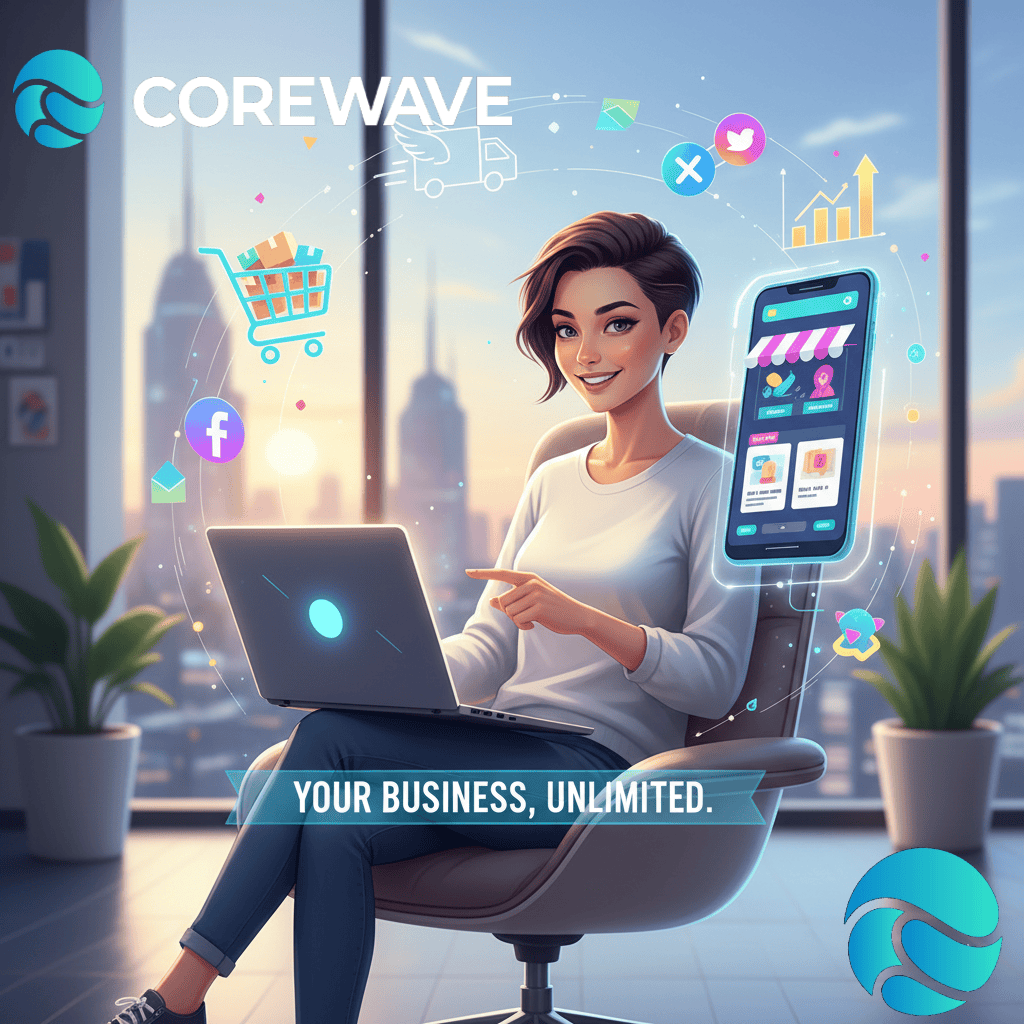Introduction
Fitness apps have become essential in today’s health-conscious world. People are increasingly relying on technology to track their nutrition, workouts, and overall wellness. Collaborating with a Fitness App Development Company can turn your app idea into a fully functional, robust solution. In addition, integrating smart features often requires the expertise of an AI App Development Company in India, which can provide predictive analytics, personalized recommendations, and intelligent notifications.
Apps like MyFitnessPal have set the benchmark in combining usability with advanced technology. They motivate users to achieve fitness goals, monitor progress, and stay engaged daily. This guide will walk you through the process of building a fitness app like MyFitnessPal, covering essential features, technology choices, development cost, monetization strategies, and marketing techniques.
What is MyFitnessPal App?
MyFitnessPal is a popular health and fitness app designed to help users track their diet, workouts, and overall wellness. It offers a large food database to log meals, calorie counters, and tools to monitor macros like protein, carbs, and fats. Users can also track their workouts, sync with wearable devices, and set personalized fitness goals.
The app provides insights and reports to motivate users, helping them stay consistent with their fitness routine. It also features social sharing, challenges, and a supportive community, making it not just a tracking tool but a complete fitness companion.
By analyzing MyFitnessPal’s features, you can understand what makes a fitness app successful and how to design your app to meet user expectations.
Understanding the Market for Fitness Apps
Before developing your app, understanding the fitness app market is critical:
Target Audience: Fitness enthusiasts, health-conscious individuals, people managing weight or chronic conditions.
Market Trends: Personalized AI-driven recommendations, integration with wearables, gamification for motivation, social sharing, and community features.
Competitor Analysis: Evaluate top apps such as MyFitnessPal, Fitbit, Lose It!, and Yazio. Identify popular features, strengths, weaknesses, and user pain points.
Understanding the market ensures your app stands out while meeting the needs of your target audience.
Key Features to Include
To build an app like MyFitnessPal, focus on these essential features:
1. User Registration & Profiles
Multiple sign-up options: email, phone, or social logins.
Collect personal data: age, weight, height, fitness goals, activity level.
Profile customization for personalized recommendations.
2. Nutrition and Calorie Tracking
Extensive food database with calories, macros, and serving sizes.
Barcode scanning for quick food logging.
Track daily calorie intake and nutrient breakdown.
3. Workout & Activity Tracking
Predefined workout routines and the ability to create custom routines.
Integration with wearable devices such as Fitbit, Apple Watch, and Garmin.
Monitor steps, workouts, calories burned, and active minutes.
4. AI-Powered Recommendations
Personalized diet and exercise plans based on user goals.
Predictive analytics to adjust targets dynamically.
Smart notifications to motivate users and suggest improvements.
5. Progress Monitoring
Interactive dashboards with weight, calorie intake, and activity tracking.
Daily, weekly, and monthly progress reports.
Visual charts and badges to enhance user engagement.
6. Social Sharing & Community
Share achievements with friends and community.
Participate in challenges or fitness groups.
Foster motivation and accountability through in-app forums.
7. Notifications & Reminders
Remind users to log meals or workouts.
Provide motivational messages and tips.
Encourage consistency and user retention.
8. Premium Features
Personalized coaching, advanced analytics, and ad-free experience.
Subscription-based monetization model.
Exclusive content, workout plans, and recipes.
Types of Fitness Apps
Different types of fitness apps cater to varied user needs:
Calorie Counter Apps: Track diet and calories, helping users maintain a healthy lifestyle.
Workout & Exercise Apps: Provide routines and logging for strength, cardio, and flexibility exercises.
Nutrition & Meal Planning Apps: Focus on personalized meal plans and nutrient tracking.
Hybrid Apps: Combine workouts, diet tracking, and AI-powered recommendations, similar to MyFitnessPal.
Challenges in Building a Fitness App
Developing a fitness app comes with unique challenges:
Data Accuracy: Ensure calorie, macro, and exercise data are precise to maintain credibility.
User Retention: Use gamification, notifications, and social features to keep users engaged.
Wearable Integration: Syncing data from multiple devices without errors.
Privacy & Security: Safeguard sensitive health data and comply with regulations like GDPR and HIPAA.
AI & Machine Learning in Fitness Apps
AI integration makes fitness apps smarter and more personalized:
Personalized Workout Plans: Recommend exercises based on goals and activity level.
Diet Recommendations: Suggest meals and track nutritional intake.
Predictive Analytics: Adjust goals based on user progress.
Chatbots & Virtual Assistants: Guide users, answer questions, and provide motivation.
Integrating Wearables & IoT
Connect your app with smartwatches and fitness bands.
Collect real-time data on heart rate, sleep, and activity.
Provide actionable insights based on data trends.
Enable synchronization across multiple devices for seamless tracking.
UI/UX Best Practices
Keep navigation simple and intuitive.
Use visual dashboards for progress tracking.
Include gamification elements such as badges, levels, and leaderboards.
Design easy onboarding and quick logging features.
Ensure consistent design across devices.
Tech Stack for Fitness App Development
Frontend: React Native, Flutter, Swift (iOS), Kotlin (Android)
Backend: Node.js, Django, Ruby on Rails
Database: PostgreSQL, MongoDB, Firebase
Cloud Hosting: AWS, Google Cloud, Azure
AI/ML: TensorFlow, PyTorch
APIs: Nutrition API, Fitness API, Payment Gateways
Development Process Step-by-Step
Step 1: Idea Validation
Conduct market research and surveys.
Identify unique value propositions to differentiate your app.
Step 2: Wireframing & UI/UX Design
Design app screens and workflow.
Focus on intuitive user experience and engaging UI.
Step 3: Backend & Frontend Development
Set up server, database, and APIs.
Develop frontend for smooth and responsive performance.
Step 4: AI Integration
Implement recommendation engines, predictive analytics, and chatbots.
Step 5: Testing
Conduct functional, usability, and security testing.
Beta testing with a small user group for real-world feedback.
Step 6: Launch & Marketing
Publish on Google Play and App Store.
Promote through SEO, social media, and influencer campaigns.
Cost of Developing a Fitness App
Basic App: $15,000 – $30,000
Medium Complexity App (with AI): $30,000 – $60,000
Advanced App (Premium + AI + wearable integration): $60,000+
Costs depend on features, complexity, platform, and team location.
Monetization Strategies
Freemium Model: Free basic app, paid premium features.
Subscription Model: Monthly or yearly plans for personalized coaching.
In-App Ads: Display banners or partner promotions.
Affiliate Marketing: Partner with fitness, nutrition, and wellness brands.
Marketing Your Fitness App
Optimize app listing for SEO & App Store Optimization (ASO).
Run campaigns on Instagram, TikTok, YouTube fitness communities.
Collaborate with fitness influencers for credibility and reach.
Use email & push notifications for user engagement.
Legal & Compliance Considerations
Ensure GDPR or HIPAA compliance for user health data.
Obtain clear consent for data collection.
Include transparent terms & conditions and privacy policies.
Post-Launch Maintenance & Updates
Regularly fix bugs and optimize performance.
Add new features based on user feedback.
Update AI algorithms for better predictions and recommendations.
Maintain server uptime and data security.
Conclusion
Creating a fitness app like MyFitnessPal requires careful planning, the right technology, and AI integration. Partnering with a Fitness App Development Company ensures strong technical execution, while collaborating with an App Development Company in India can provide intelligent features that enhance user engagement. By focusing on user-friendly design, robust features, and continuous updates, your fitness app can become a trusted solution in the health and wellness market.
FAQs: How to Build a Fitness App Like MyFitnessPal
How much does it cost to develop a fitness app like MyFitnessPal?
The cost depends on the app’s complexity, features, and technology. A basic app can cost around $15,000–$30,000, a medium complexity app with AI features around $30,000–$60,000, and an advanced app with premium features and wearable integration may exceed $60,000.
What are the key features of a fitness app like MyFitnessPal?
Key features include user registration & profiles, nutrition & calorie tracking, workout & activity tracking, AI-powered recommendations, progress monitoring, social sharing, notifications, and premium features for subscriptions.
Which technologies are best for fitness app development?
Recommended technologies include React Native or Flutter for frontend, Node.js or Django for backend, PostgreSQL or MongoDB for database, AWS or Google Cloud for hosting, and TensorFlow or PyTorch for AI/ML integration.
How can AI enhance a fitness app?
AI can provide personalized workout and diet plans, predictive analytics for goal achievement, chatbots for guidance, and intelligent recommendations to keep users engaged and motivated.
How long does it take to build a fitness app?
Development time depends on features and complexity. A basic app may take 3–4 months, a medium complexity app with AI around 5–7 months, and an advanced app with wearables integration 8+ months.
How can I monetize my fitness app?
Monetization strategies include freemium models, subscription plans, in-app ads, and affiliate marketing with health, nutrition, and fitness brands.
Do I need an AI App Development Company in India for my fitness app?
If you want smart recommendations, predictive analytics, and personalized plans, collaborating with an AI App Development Company is highly recommended.
How can I ensure user retention in my fitness app?
User retention can be improved with gamification, social sharing, personalized notifications, AI recommendations, regular content updates, and community engagement features.









.jpg)


